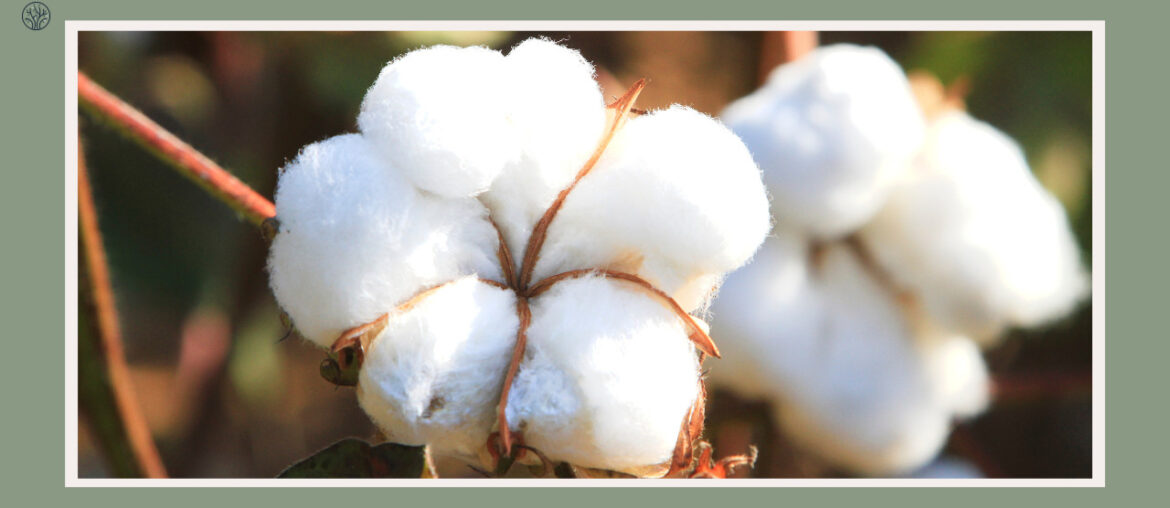Cottonwood trees are a captivating subject, not just for their towering presence and rustling leaves, but also for their ecological significance and historical importance. These trees are more than just a part of the landscape; they are a vital component of various ecosystems and have been deeply intertwined with human history.
Without further ado, let’s find the answer to the question: “What do cottonwood trees look like?“
What Do Cottonwood Trees Look Like?
Generally, cottonwood trees have distinctive leaves that are triangular in shape and alternate along the branches. The leaves grow on flattened stalks that make them flutter in the wind. Young cottonwoods have smooth, yellowish-green bark, but as they age, their bark becomes rough, scaly, and grayish-brown. The branches are usually long and thick, with thin foliage.
To get into the details, here’s how to accurately identify a cottonwood tree:
Leaves
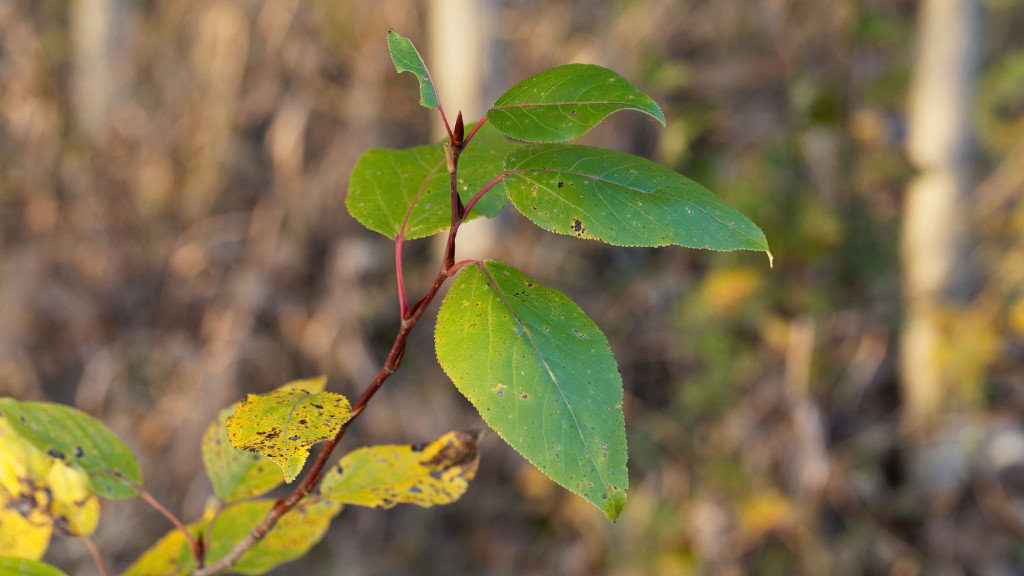
Similar to Linden trees with their heart-shaped leaves, cottonwood trees also have quite unique leaves. Generally, they are triangular in shape and alternate along the branches. The leaves have a flattened leafstalk, which allows them to flutter in the wind, creating a soothing rustling sound. The color of the leaves can range from a vibrant green to a more subdued, yellowish-green depending on the species and the season.
Bark
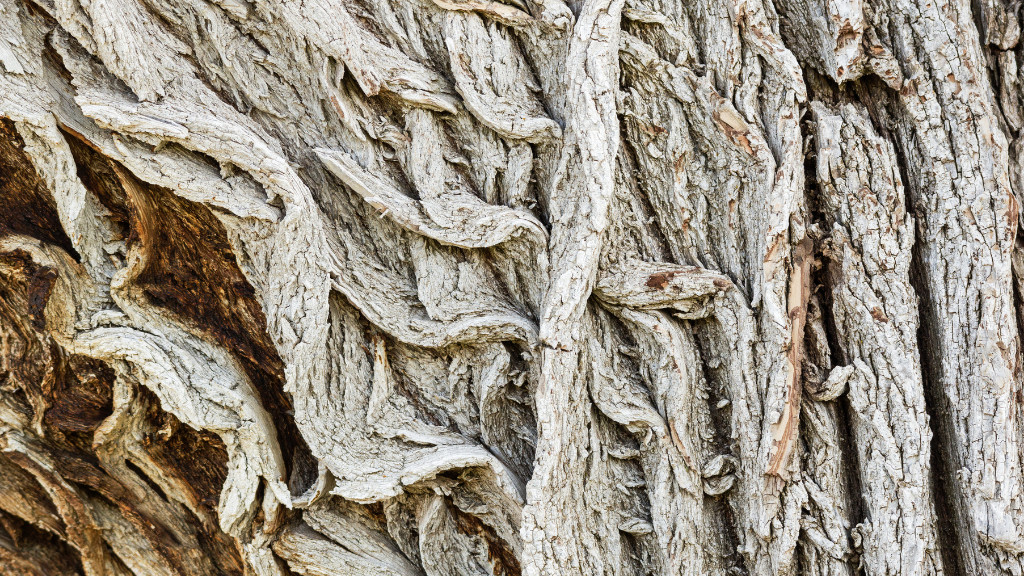
The bark of a cottonwood tree is another key identifier. In young trees, the bark is usually smooth and has a yellowish-green hue. But unlike trees with smooth bark, as the cottonwood tree matures, the bark becomes grayish-brown and deeply furrowed, often developing scaly ridges. This textured appearance can help you distinguish cottonwood trees from other similar species.
Flowers
Some trees have distinctive features that make them attractive and remarkable, such as dark leaves, pleasant fragrances, or cottony fluff. Cottonwood trees belong to the latter category, as they produce fluffy seeds that float in the air like snowflakes.
The source of this fluff is the cottonwood flower, which is called a catkin. A catkin is a long, slender cluster of tiny flowers that grow at the end of a branch. Cottonwoods are dioecious, which means that they have separate male and female trees. The male catkins are reddish and produce pollen, while the female catkins are green and produce seeds. The seeds are wrapped in a cotton-like fiber that helps them disperse by wind.
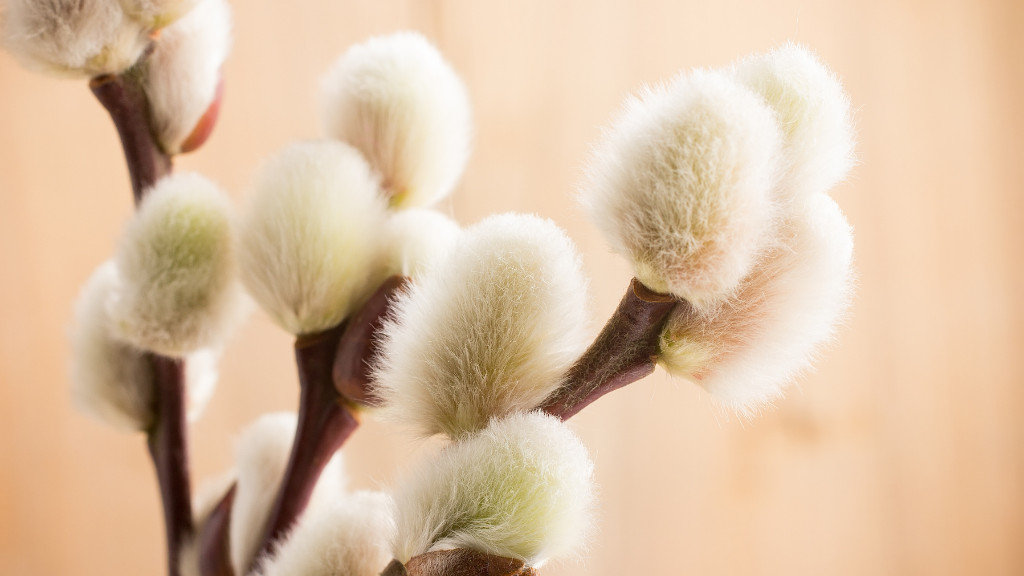
Only the female trees produce the fluffy, cotton-like material that helps disperse seeds. The color of the catkins can vary, adding another layer to the identification process.
Comprehensive List of Cottonwood Trees
Cottonwood trees are a diverse group belonging to the Populus genus, each with its own set of unique characteristics. While they share the overarching features of triangular leaves and distinct bark, the subtle differences among the species are fascinating. Here’s a more detailed look at some of the most common types of cottonwood trees.
Eastern Cottonwood
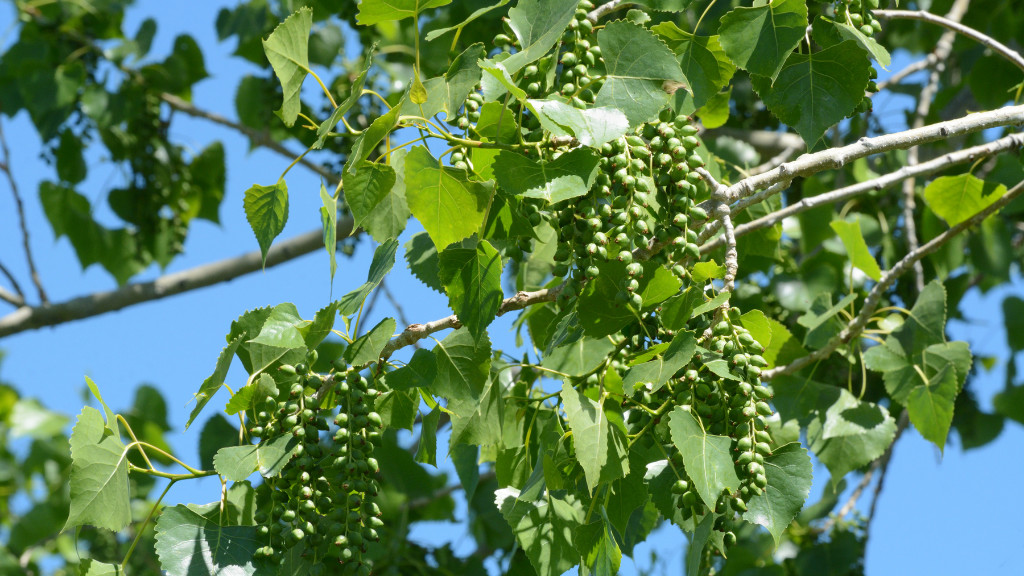
The Eastern Cottonwood, or Populus deltoides, is a common sight in the eastern United States and parts of southeastern Canada.
- Scientific Name: Populus deltoides
- Geographic Range: Eastern U.S. and southeastern Canada
- Leaf Characteristics: Triangular, large rounded teeth, pointy tip
- Bark Texture: Smooth in youth, furrowed in maturity
- Flower Type: Reddish catkins in males, yellowish-green in females
The Eastern Cottonwood is a riparian tree, meaning it thrives along the banks of rivers and streams. The leaves are generally triangular with a straight or heart-shaped base, large rounded teeth along the edges, and a pointy tip. As the tree matures, its bark transitions from a smooth, yellowish-green texture to a more grayish-brown and deeply furrowed appearance. The tree is dioecious, with males producing reddish catkins and females producing yellowish-green ones. At the early stage, its flowers look like a cluster of green balls hanging from the branches.
Black Cottonwood
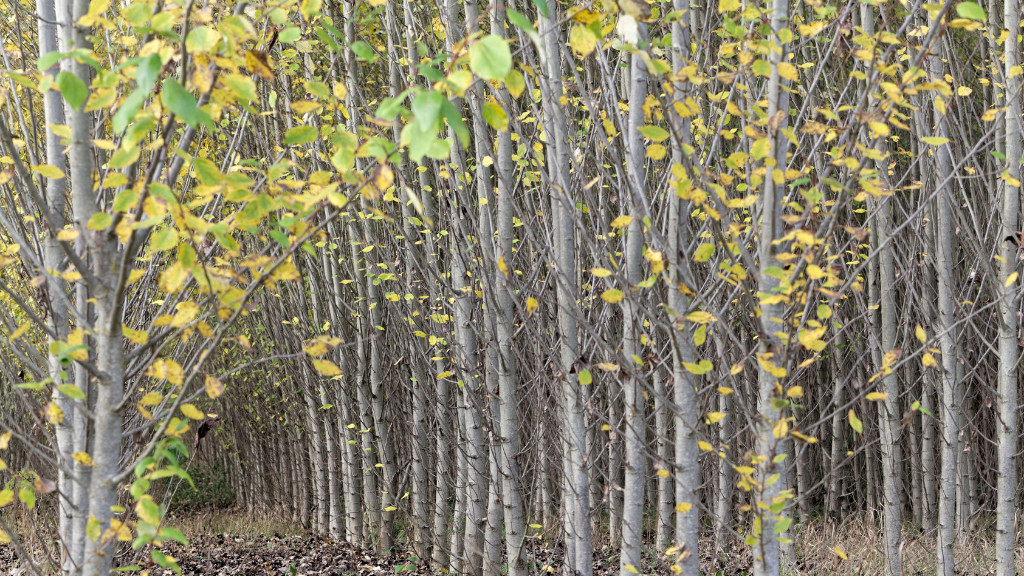
The Black Cottonwood, or Populus balsamifera, grows predominantly in the western regions of North America. This species stands out for its fine-toothed leaves and its adaptability to various environmental conditions.
- Scientific Name: Populus balsamifera
- Geographic Range: West of the Rocky Mountains
- Leaf Characteristics: Fine teeth, ovate shape, dark green
- Bark Texture: Deeply furrowed in older trees
- Flower Type: Yellow catkins in both males and females
Native to the areas west of the Rocky Mountains, the Black Cottonwood has leaves that are unique among cottonwoods for their fine teeth and ovate shape. The leaves are dark, shiny green, and measure between two to five inches in length. Older trees feature a deeply furrowed, almost scaly, bark. Both male and female trees produce yellow catkins, but the fruits of the black cottonwood have a distinct, hairy appearance.
Fremont Cottonwood
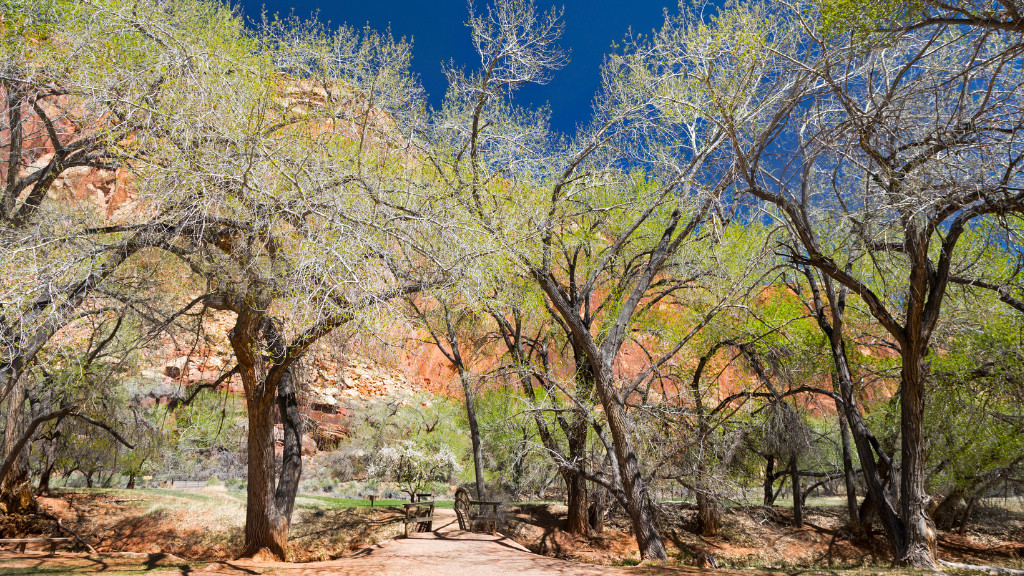
The Fremont Cottonwood, known scientifically as Populus fremontii, is native to the southwestern United States, extending into northwest Mexico. This tree is similar to the Eastern Cottonwood but has its own unique characteristics.
- Scientific Name: Populus fremontii
- Geographic Range: Southwestern U.S. to northwest Mexico
- Leaf Characteristics: Triangular or heart-shaped, light green with white veins
- Bark Texture: Smooth in young trees, becoming furrowed with age
- Flower Type: Red catkins in both males and females
The Fremont Cottonwood thrives in areas ranging from California to Utah, Arizona, and down into northwest Mexico. Its leaves are generally triangular or heart-shaped and are light green with prominent white veins. As the tree matures, its initially smooth bark becomes more furrowed. Both male and female trees produce red catkins, adding color to their surroundings.
Narrowleaf Cottonwood
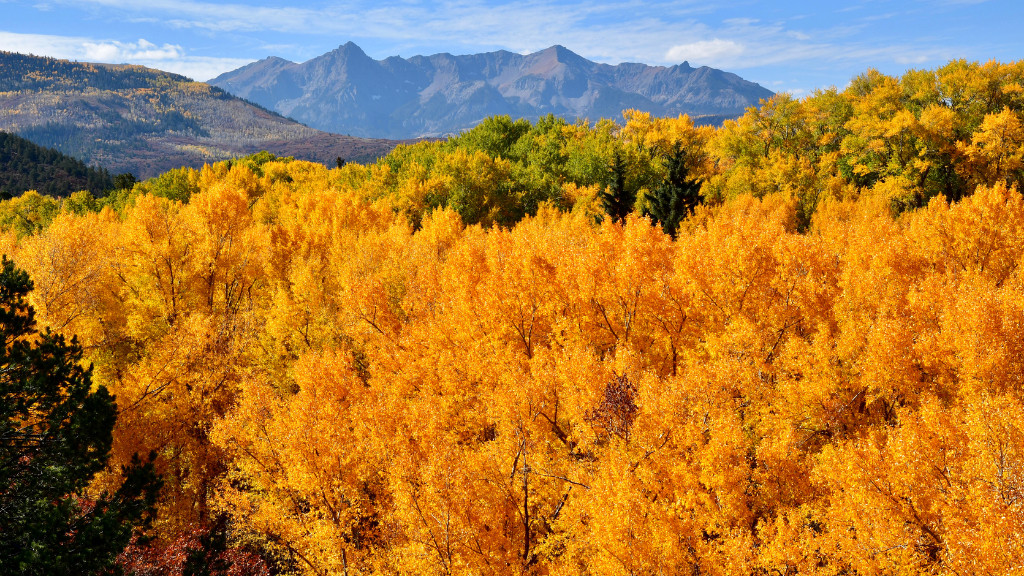
The Narrowleaf Cottonwood, or Populus angustifolia, mostly grows in the western United States. It has narrow, lance-shaped leaves.
- Scientific Name: Populus angustifolia
- Geographic Range: Western U.S.
- Leaf Characteristics: Narrow, lance-shaped, green
- Bark Texture: Smooth in young trees, furrowed in older trees
- Flower Type: Yellowish-green catkins
Native to the western regions of the United States, the Narrowleaf Cottonwood features leaves that are more elongated and narrow compared to other cottonwoods. The bark is smooth in younger trees but becomes furrowed as the tree ages. The tree produces yellowish-green catkins, adding to its unique appearance.
Lanceleaf Cottonwood
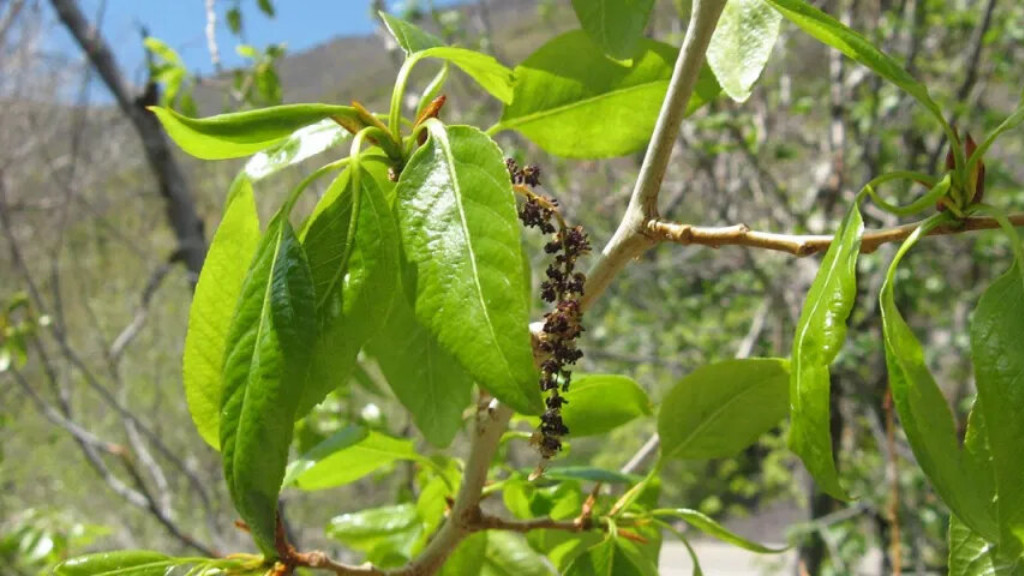
The Lanceleaf Cottonwood, scientifically known as Populus acuminata, is another western native. It has lance-shaped leaves and can even adapt to drier climates.
- Scientific Name: Populus acuminata
- Geographic Range: Western U.S.
- Leaf Characteristics: Lance-shaped, green
- Bark Texture: Smooth in youth, becoming furrowed and scaly in maturity
- Flower Type: Yellow catkins
The Lanceleaf Cottonwood prefers the drier climates of the western United States. Its leaves are lance-shaped and green, providing a different visual texture to other cottonwoods. The bark transforms from smooth in its youth to furrowed and scaly as it matures. Yellow catkins are the floral hallmark of this species.
Chinese Necklace Cottonwood
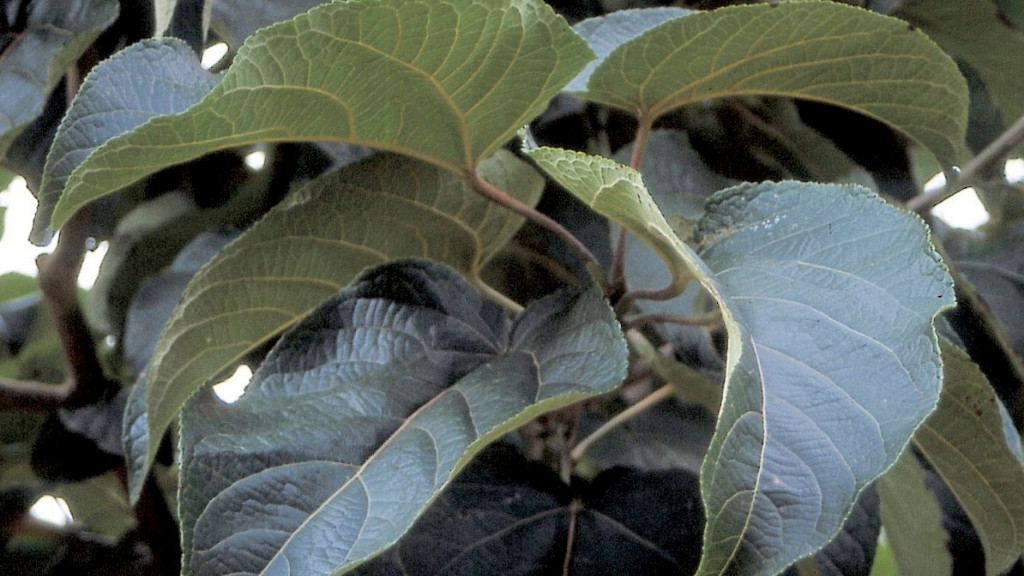
The Chinese Necklace Cottonwood, or Populus lasiocarpa, is native to East Asia but can also grow in other parts of the world. This species is unique for its rounded leaves and its adaptability to various soil types.
- Scientific Name: Populus lasiocarpa
- Geographic Range: Native to East Asia
- Leaf Characteristics: Rounded, green
- Bark Texture: Smooth in young trees, becoming more textured with age
- Flower Type: Greenish-yellow catkins
Originating in East Asia, the Chinese Necklace Cottonwood is unique among cottonwoods for its rounded leaves. The tree is adaptable to a variety of soil conditions, making it a versatile species. Young trees have smooth bark that becomes more textured as the tree matures. The tree produces greenish-yellow catkins, which are less common among cottonwoods.
Swamp Cottonwood
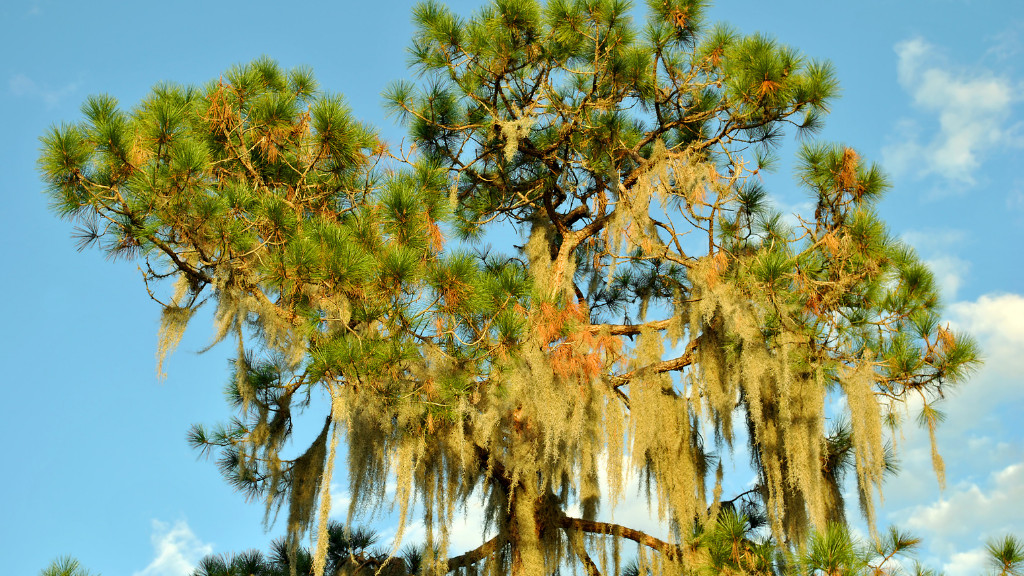
The Swamp Cottonwood, or Populus heterophylla, is primarily found in the southeastern United States. It thrives in wet, swampy areas, hence its name, and is known for its broad, ovate leaves.
- Scientific Name: Populus heterophylla
- Geographic Range: Southeastern U.S.
- Leaf Characteristics: Broad, ovate, green
- Bark Texture: Starts off smooth, becoming deeply furrowed in older trees
- Flower Type: Yellowish-green catkins
The Swamp Cottonwood is native to the southeastern regions of the United States and is particularly well-suited to wet, swampy areas. Its leaves are broad and ovate, setting it apart from other cottonwoods that generally have more triangular leaves. The bark is initially smooth but becomes deeply furrowed as the tree ages. Yellowish-green catkins are the floral feature of this species, adding to its distinctiveness.
Cottonwood Trees: Historical And Modern Role
Cottonwood trees have played a significant role both historically and in modern times. Their presence has been deeply intertwined with human civilization, serving various purposes from providing timber to being a source of medicine.
Historical Importance of Cottonwood Trees
Historically, cottonwood trees were more than just a part of the landscape; they were a vital resource for indigenous peoples and early settlers. The trees often acted as landmarks and meeting points, given their towering height and distinctive appearance. In some cultures, cottonwood trees were considered sacred and were used in various rituals. The wood was used for making canoes, tools, and even totem poles. Additionally, the inner bark of the cottonwood tree was often used for medicinal purposes, such as treating wounds and relieving pain.
Modern Uses of Cottonwood Trees
In today’s world, cottonwood trees continue to be highly valued for various reasons. Their fast growth rate makes them an excellent source of timber for construction and furniture making. The wood is also used in the production of paper, matchsticks, and crates. Beyond its structural uses, cottonwood trees have found a place in the world of art, as the soft wood is easy to carve. In the realm of herbal medicine, extracts from cottonwood buds are used for their anti-inflammatory and pain-relieving properties.
The versatility and adaptability of cottonwood trees make them a significant part of both our history and our present-day lives.
Cottonwood Tree Problems and Solutions
While cottonwood trees offer a range of benefits, they also come with their own set of challenges. From the way their seeds spread to the potential health benefits of their buds, understanding these aspects can help us coexist better with these fascinating trees.
How Cottonwood Tree Seeds Germinate and Spread
One of the challenges with cottonwood trees is the way their seeds germinate and spread. Female cottonwood trees produce a cotton-like substance that aids in the dispersal of seeds. This “cotton” can become a nuisance, as it tends to clog air filters and create a mess in nearby areas. The seeds are carried by the wind and can cover great distances, which means they can potentially invade gardens and other unwanted areas.
However, it’s worth noting that this method of seed dispersal is also what allows cottonwoods to colonize new areas quickly, especially those that have been disturbed or are in the process of ecological succession. If you find the cotton problematic, one solution is to plant male cottonwood trees, which do not produce the cotton-like substance.
Cottonwood Buds’ Health Advantages
On the flip side, cottonwood trees have some unique health benefits, particularly when it comes to their buds. The buds contain a resin rich in salicin, which is an anti-inflammatory compound. This has led to the use of cottonwood bud extracts in herbal medicine for treating conditions like arthritis, muscle pain, and even skin irritations.
The resin from the buds is often used to make a type of herbal balm known as “Balm of Gilead,” which has been used for centuries for its healing properties. So, while the trees may present some challenges, they also offer unique health benefits that have been recognized and utilized for generations.
Cottonwood Tree Habitats and Their Value
General Habitats of Cottonwood Trees
Cottonwood trees predominantly grow in riparian zones, which are areas adjacent to rivers, streams, and other bodies of water. They can also be found in floodplains, wetlands, and areas with moist soil. These trees are well-adapted to their environments, capable of withstanding periodic flooding and soil erosion. Their preference for these habitats makes them a crucial component of many ecosystems.
The Cottonwood Tree Habitat’s Value to Plants
The presence of cottonwood trees in an area can significantly benefit other plant species. Their large canopy provides shade, which can be essential for the survival of understory plants that require lower light levels. Additionally, the leaves that fall from cottonwood trees contribute to the soil’s nutrient content, enriching it and making it more fertile for other plants. In this way, cottonwoods play a role in creating a more diverse and robust plant community.
The Cottonwood Tree Habitat’s Value to Animals
Cottonwood, much like other plants is important for animal life. The trees provide nesting sites for various bird species, including eagles and hawks. Their branches and trunks often serve as perches and lookout points for birds of prey. The leaves and bark of the cottonwood tree are also a food source for several types of insects, which in turn become prey for larger animals. Moreover, the roots of cottonwood trees help stabilize riverbanks, creating habitats for fish and other aquatic life.
FAQs
How Do You Tell a Cottonwood Tree?
Identifying a cottonwood tree involves examining several key features. The leaves are usually triangular in shape, with some variations depending on the species. The bark is another clue; it starts off smooth in young trees and becomes furrowed and textured in older ones. Additionally, cottonwood trees produce distinctive flowers called catkins, which can vary in color from red to yellowish-green. These features collectively help in distinguishing cottonwood trees from other species.
What is Special About a Cottonwood Tree?
Cottonwood trees are unique for several reasons. They are fast-growing trees, which makes them valuable for timber production. Their leaves have a flattened stalk that allows them to flutter in the wind, creating a soothing rustling sound. Cottonwoods are also dioecious, meaning they have separate male and female trees, with only the females producing the cotton-like material that aids in seed dispersal. Moreover, parts of the tree have been used historically for medicinal purposes, making them special both ecologically and culturally.
What Shape is a Cottonwood Tree?
The shape of a cottonwood tree can vary depending on its age and the specific species. However, most cottonwood trees have a broad, open crown that spreads outwards, giving the tree a somewhat triangular or rounded shape. The branches are often heavy and can extend quite far, adding to the tree’s overall spread. This shape allows for a large canopy, which provides ample shade and contributes to the tree’s role in its habitat.
Where Do Cottonwood Trees Grow?
Cottonwood trees are predominantly found in North America, although some species are native to other parts of the world, such as East Asia. In North America, their range extends from the eastern United States to the western regions, depending on the species. They thrive in riparian zones, which are areas near rivers, streams, and other bodies of water. You can also find them in floodplains, wetlands, and areas with moist soil. Their adaptability to different environmental conditions makes them a common sight in various landscapes.
Are Cottonwood Trees Dangerous?
While cottonwood trees are generally not considered dangerous, they do come with some challenges that could be perceived as nuisances. For instance, the cotton-like material produced by female trees can clog air filters and become a general mess in nearby areas. Additionally, cottonwood trees have a fast growth rate but their wood is relatively brittle, which means branches can break off easily in strong winds or storms. However, these issues are often manageable and do not make the tree inherently dangerous.
Differences Between Male and Female Cottonwood Trees
One of the intriguing aspects of cottonwood trees is that they are dioecious, meaning there are separate male and female trees. The most noticeable difference between the two is the production of the cotton-like material, which is exclusive to female trees. This cottony substance aids in the dispersal of seeds. Male trees, on the other hand, do not produce this material but still contribute to reproduction through their pollen. The color of the catkins can also vary between male and female trees, adding another layer of distinction.

